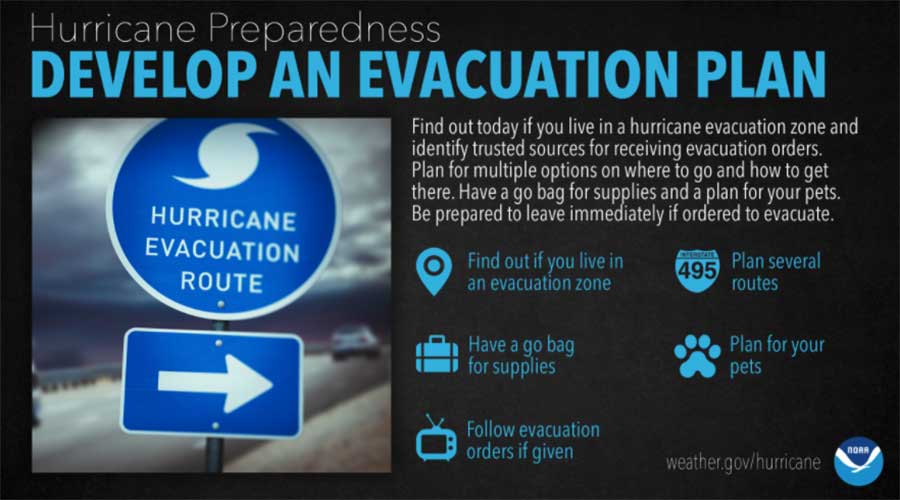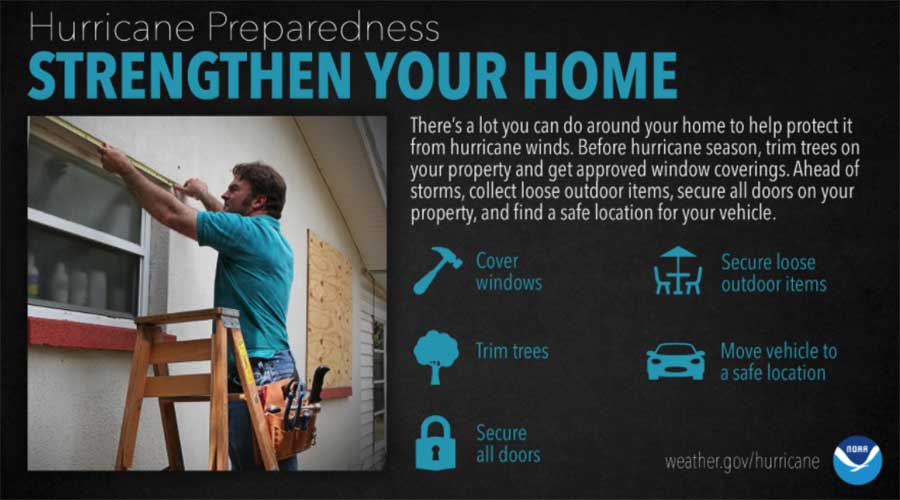Roosevelt Weed Mitigation
The Board recognizes that District residents may want to mitigate natural vegetation and Roosevelt Weed overgrowth located on the District’s property and adjacent to a District resident’s property. On September 10, 2020, the Board passed and approved a Resolution Forming a Natural Vegetation Maintenance on District’s Property Policy. The Resolution provides instructional information for a District resident to obtain the District’s General Manager’s approval prior to any natural vegetation mitigation on District property, along with Board approved vegetation options for replanting, if necessary. A copy of the Resolution is attached to the Roosevelt Weed Mitigation – Ledge Stone Resident Form.
To apply for the District’s General Manager’s approval prior to any mitigation work performed on the District’s Property, complete, sign and date a copy of the Roosevelt Weed Mitigation – Ledge Stone Resident Form and submit your completed form to the District’s General Manager at CSAUS@inframark.com. District residents can also mail their completed form to the District’s General Manager at:
Hays County MUD No. 4
c/o Inframark
14050 Summit Drive, Suite 103
Austin, Texas 78728
All applicants are encouraged to read the Resolution Forming a Natural Vegetation Maintenance on District’s Property Policy and visit the following links prior to submitting their application.
Should you have any questions regarding natural vegetation and weed mitigation on the District’s property after reading the Resolution and reviewing the links above, feel free to send them to CSAUS@inframark.com.








